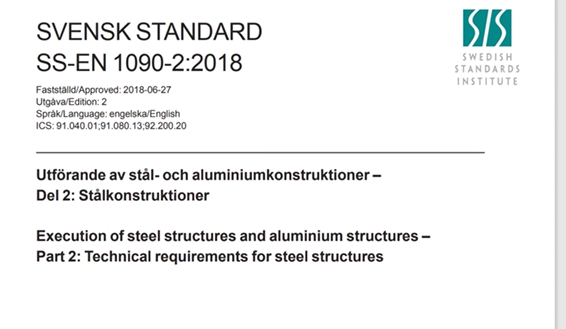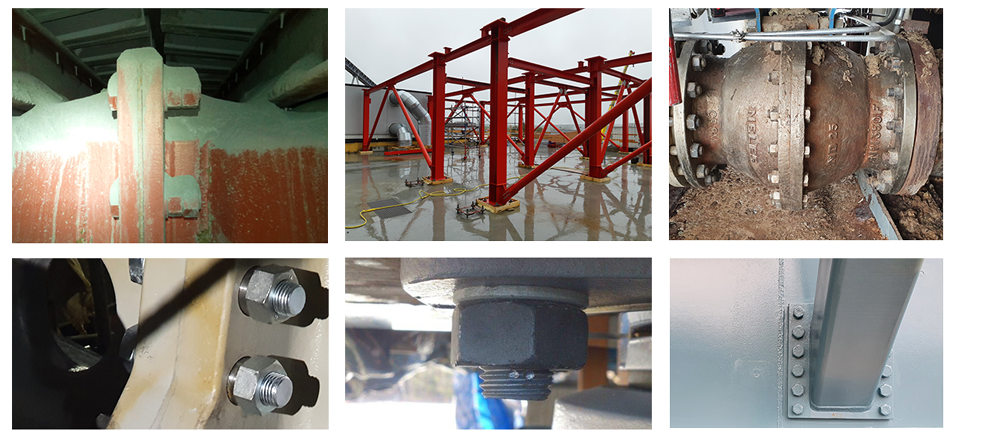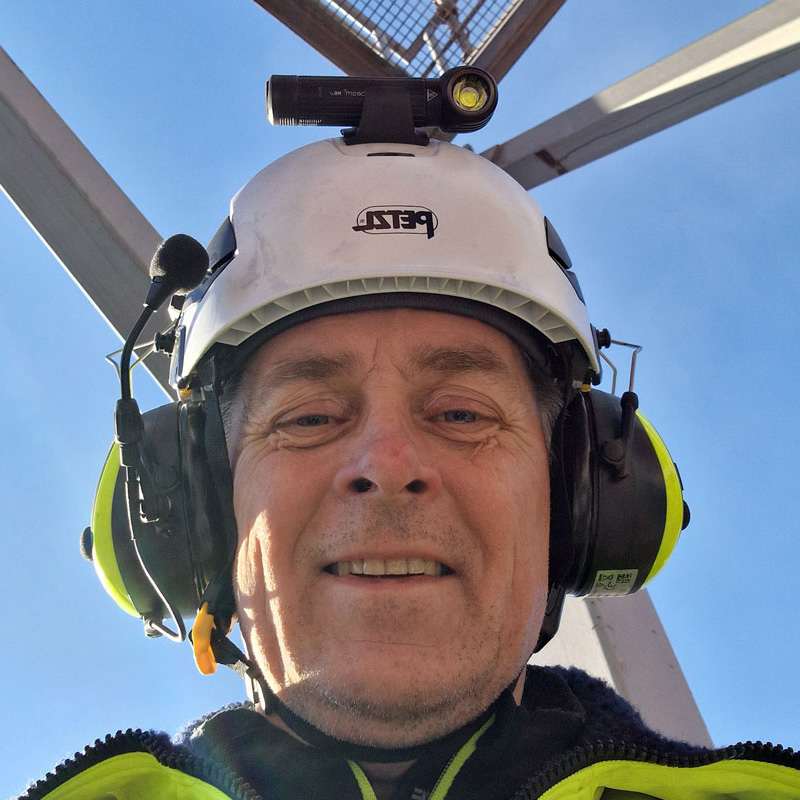Question: Explain a bit about your background and what you do?
For the last 22 years or so I have been consulting various organizations in Sweden, including the traffic authority and LKAB, on how to ensure a correct installation of large and complex steel structures. In many large structures, such as bridges, welding and preassembled bolts are combined.
I do supervision and quality control and ensure that the desired result is achieved by helping both sides prepare for and execute the job. Tightening bolts correctly it is a historically complicated process, and, in many cases, it is impossible to inspect afterwards once the assembly is done. A lot of money is involved if there are deviations to the plan leading to extra controls. This is a problem both with welding and with bolts – it can look great and correct from the outside – but inside it can be a catastrophe waiting to happen. Achieving the desired preload is crucial since it effects the lifetime of the construction.
Question: What is best practice with installation of bolts?
A lot of what I do is being on site to ensure correct planning and documentation. I have an overview and ensure good conditions for the job to be done successfully:
- Tidy, clean, organized, and a logistical plan with the right components in the right place.
- Documentation of target torque, expected outcome, tightening sequence, tooling to use, lubrication etc.
- Ensure that educated staff will be doing the work and that the tooling to be used are calibrated correctly.
- I help with recommendations including judging risks and follow up – all according to the standard EN1090 which includes many details such as that the bolt should have been pre-assembled, that they are CE-marked and so on.

There is always mathematics involved in calculating a bolted joint, but the hard part is turning the theory into practical work that you can document. My supervision role in this is usually very appreciated both from the entrepreneur and the organization / owner.
Question: Sounds like a lot of organizing and project management?
Often it starts with purchasing and continues to stock/logistics. But often I can help make the most difference on site where accuracy can be increased – often new / many people are involved in that step – people speaking different languages and some travelling in just for a portion of the job, more time pressure, weather conditions and other factors can further affect. It helps if the location has been prepared for the job with everything marked out. I guess with my experience I can give clear advice and recommendations to both sides. It is a collaboration; everyone wants the results with the job done on time with the right quality. A key thing I do is also ensuring that deviations are clearly documented, deviations are common but with close communication we ensure to catch deviations and ensure that they do not lead to any serious issues.
Question: What are the types of deviations you experience?
When it comes to bolting, I would say that I often must ensure that there is a clear tightening plan with documentation. The large subcontractors have it in order but with many smaller ones I coach them so that it all makes sense and is easy to follow in the supervision. There are more things than what most people realize to keep track of to ensure correct installation of bolts. I have had many instances where that documentation was lacking. Then we must do additional controls and retighten. I have seen several cases where the bolt has been overtightened and the tool never clicks. It commonly occurs that bolts were not installed to the desired plan, for anyone who knows something about bolted joints it is not easy as just tighten. That is why my customers rely a lot on good planning and good documentation.
I was inspector for a project in Kiruna with 6000 bolted joints to be tightened, I cannot be present at each one, so the key is that the tightening party has a good routine. The equipment was crushes and similar that are exposed to a lot of forces. From my perspective documentation standard for bolting can be very much improved as no widely spread protocol standards exists. Welding routines are more ahead with the EU1090 norm and the welding commission (svets.se). It is key that the installer logs everything they did in an understandable way. When I see that a subcontractor has a good plan for how to document the work then I instantly feel calmer.

Questions: How do you see that innovative technologies such as Strainlabs IoT bolts can affect bolting routines and safety practices going forward?
I see Strainlabs as an interesting solution, initially now to help a client of mine to get answers to a long-sought question: How painted surfaces affects the result of an installation and the preload over time. I associate the information Strainlabs can provide to when we started x-raying welding jobs – Strainlabs allows one to look inside the bolted joint to ensure that everything is ok. Some constructions, if you take for example tall buildings, they will settle over time and loads will change – if a bolt loses its preload, it has stopped performing its task. Just like how my function is like a middleman ensuring that applications are installed and documented correctly with both the subcontractor and the owner – I think Strainlabs can in the same way become a tool for both sides to ensure that everything is done correctly while ramping up the ambitions even more with continuous monitoring of those applications that have no room for errors.

